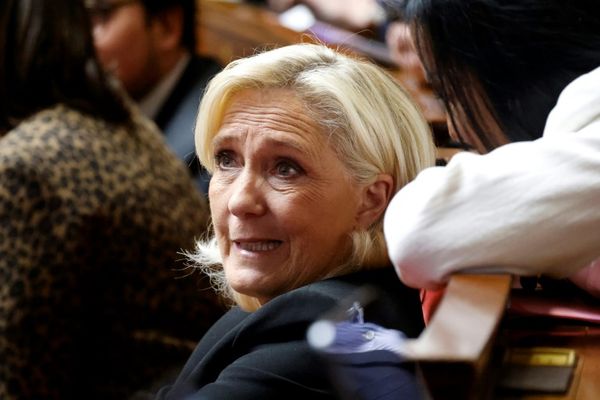
Support truly
independent journalism
Our mission is to deliver unbiased, fact-based reporting that holds power to account and exposes the truth.
Whether $5 or $50, every contribution counts.
Support us to deliver journalism without an agenda.

Louise Thomas
Editor
A new report conducted by the Collective Fashion Justice has revealed that less than 4% of British Fashion Council member brands have any emissions reduction targets.
Designers such as Victoria Beckham, JW Anderson and Richard Quinn are among those with no climate targets. It was revealed that the Princess of Wales’ go-to dress designer, Roksanda, also lacks any published environmental targets.
The fashion industry is responsible for as much as 12 percent of total greenhouse gas emissions. With many British fashion brands promising to implement actions in order to achieve the net-zero emissions goal by 2050, the report reveals how much there is still left to be done.
“There are key solution areas that are yet to be adequately addressed by the British fashion industry,” writes the report, “38% of industry greenhouse gas emissions are tied to irresponsible raw material production, particularly those derived from ruminant animals and fossil fuels.”
Ignoring the cow in the room
It’s no secret that luxury in fashion has long been equated with real leather, fur and cashmere. Animal rights activists have shed light on the horrors of using these animal-derived materials – but the environmental repercussions are often ignored.
“The rearing of animals for both food and fashion is the leading driver of anthropogenic methane (32%) and responsible for 16.5% of total greenhouse gas emissions,” the report states.
“Plant-based alternatives have far reduced impacts, for example, MIRUM material which functions similarly to leather has a carbon equivalent footprint about 52 times smaller than conventional cow skin leather, per kilogram.”
Degrowth
The dreams of many small and independent fashion brands is to grow and become global, and London Fashion Week is an excellent platform for small budding designers to spring from.
However, the CFJ report notes one of few crucial solutions for tackling climate change is to ‘degrow’.
“No matter the materials or energy sources used, fashion will not be sustainable if it continues to produce such an excessive amount of products, taking more than can be renewed by our finite planet.”
“Some experts suggest that the industry must reduce in size fourfold in order to stay within planetary boundaries,” writes the report, “the UK is the third largest footwear and apparel market in the world after China and the US. Downsizing the scale and volume of production and consumption has to be an integral part of any climate targets worth pursuing.”
It seems London Fashion Week designers still have quite a way to go when it comes to environmental action.
The research suggests the first step is for the brands to set and publish science-based emissions reduction targets, followed by detailed plans of how they’ll achieve them. Perhaps this report will prompt London Fashion Week to tighten its seams on sustainability.
To read the full report, visit https://www.collectivefashionjustice.org/climate-action-failure







